If you enjoy being outdoors in Australia and getting off the beaten track then there's plenty of space to explore. We discussed safety tips for your road trip in Australia in a recent post but it's always a good idea to have a well-stocked first-aid kit in your car. It's especially important if you're headed out into more remote areas and if you hike or spend time outdoors a basic kit in your day-pack is recommended.
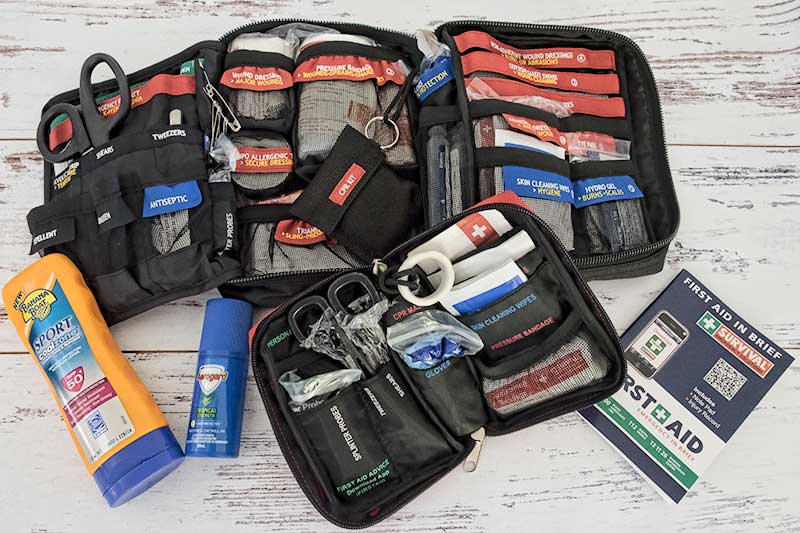
If you're new to Australia's flora and fauna and plan on spending a bit of time outdoors it's worth getting up to speed on the correct first aid for various local challenges. Yes, you should know how to treat a snake bite but honestly, ticks, leeches, sprained ankles and stinging trees are far more likely situations you'll need to deal with. The snakes keep to themselves given half a chance.
Even for relatively minor incidents we regularly dig into our kit, on a recent weekend in Tamborine Mountain Drew managed to pick up a leech and a sting from barely brushing the edge of the leaf of a stinging tree.
We've also both picked up several ticks exploring our much loved Bunya Mountains. Incidentally, leeches, if you only have a few are best left to have their fill when they are easily shaken off or fall off on their own. Clean the site with an antiseptic wipe or flush with saline and cover with a plaster, they take a while to stop bleeding but we've not had them get infected this way.
For stinging trees, all you can really do is use very sticky tape (or some recommend hot wax strips) to pull the remaining stinging hairs from your skin before they break off.
In a recent post, we wrote about staying safe on Australia's remote and outback roads, a key part of that is a well-maintained first aid kit so we thought it was time we talked about what that would look like.
Table of Contents
What do we look for in a travel first aid kit?
What equipment you need depends to some degree on where you go and what you do. It's equally important that you know the basics of first aid, there's no time and possibly no internet connection to Google it when emergency strikes so take a first aid course or read up in advance.
A basic first-aid kit should include:
- Wrapping for wounds, sprains, stabilising breaks or snake bites. At least one compression type bandage, safety pin or stretch grip to secure it, a sling, sterile wound dressings, tape, an eye dressing and we always have a few plasters too for blisters, or covering small injuries to keep the dirt out or stop bleeding from the previously mentioned leeches.
- Antiseptic. Ideally easy to apply forms like a small spray bottle or sterile wipes although cotton gauze and a liquid or cream also work. Saline solution for flushing open injuries and eyes.
- Tools including scissors, tweezers, needle or something sharp for removing splinters
- First responder protection. Gloves & CPR kit
Other items we carry that aren't standard first-aid kit components
- An exposure blanket, not only for hikers but useful for dealing with anyone experiencing shock after an accident or injury
- A tick removal tool
- Antihistamine tablets and pain killers (these aren't standard first aid items for good reason but when used cautiously for personal use in situations not requiring medical intervention they are useful to have with you in the kit)
- High SPF Sunscreen and insect repellant - preventative not first aid but the kit can be a good place to keep a small backup supply.
Survival First Aid Kits
This week we're reviewing two travel first aid kits from Survival First Aid. These kits were provided for our review and we've been carrying them for a couple of weeks so let's take a closer look. The first kit is the vehicle first aid kit and the other is their handy kit which is compact and light so has been living in the side pocket of the day pack.
Value
The vehicle kit currently retails for $79.95 and the handy kit for $34.95. These prices are competitive in the market and while a kit could be compiled from individual items for a lower price it would take a reasonable effort to come up with a kit that was as comprehensive yet compact.
Completeness
We were impressed with how complete the kits are. They're packed into a rugged pouch with individual sections for each item. The design makes it easy to find the items you need quickly and see at a glance what needs to be restocked.
The kit includes essential gear for dealing with a range of accidents and injuries from car accidents to outdoor adventures and even around the home. In addition to the key items I would expect to find in the kit there are even a few extras such as hydrogel for burns and a fever scan strip.
There are only a couple of items that we consider necessary for our travel use that weren't included in the kit. We brought these across from our previous set and found enough space in the case to accommodate them. We always like to have a specialised tick removal tool as they can be difficult to remove correctly any other way. We also added a natural itch and sting relieving solution, a few plasters, an antiseptic spray and a few anti-histamine tablets.
Quality
The kit is presented in a strong nylon folding case. The zips are robust and there are individual sections for each item that are clearly labelled. The items are of good quality and those that have expiry dates have a good amount of time to run so for at least a couple of years you will only need to replace items that you have used up.
I was impressed that the extra thought that had gone into the kit for local conditions. Snake bites are actually very unlikely but are high on many people's minds when they think of what to put in a first aid kit, the vehicle kit includes a smart bandage that helps you work out the right tension on a compression bandage because after all most of us have never strapped a snake bite before. There's also a first aid booklet if you need a quick reference.
Overall the kit seems to be very good quality and I'm very comfortable making these our primary first aid kits for when we are out and about and travelling.
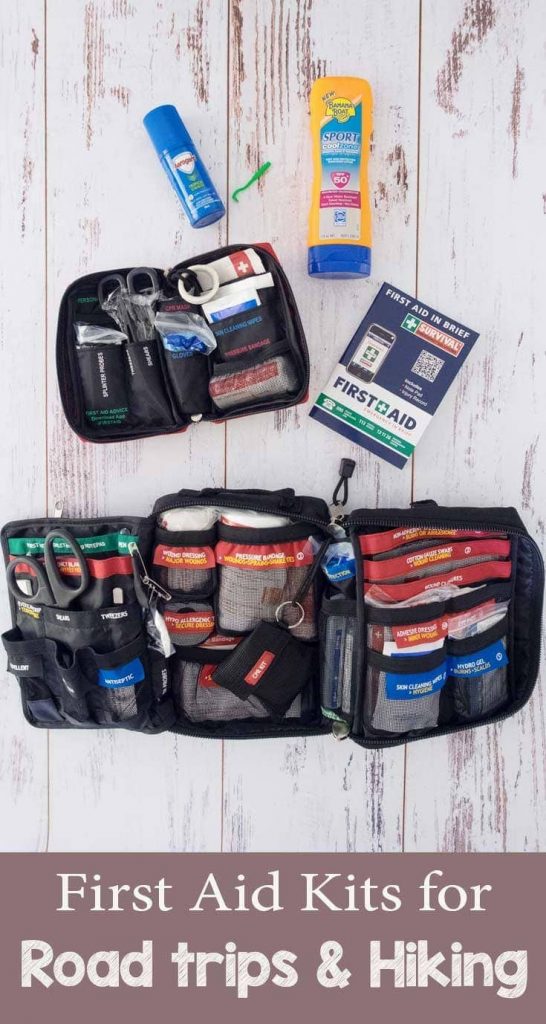
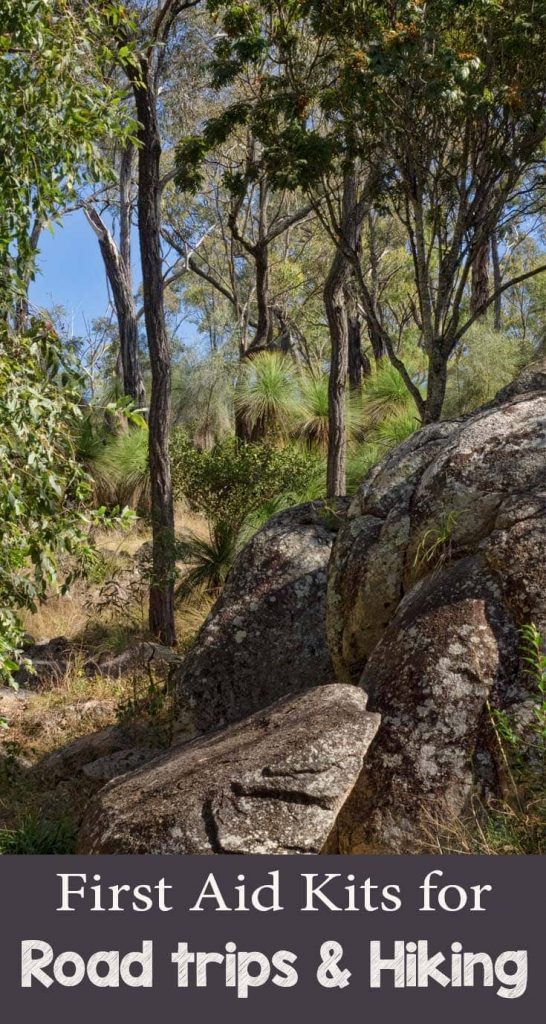
Disclaimer: These travel first aid kits were provided by Survival Emergency Solutions for our review.

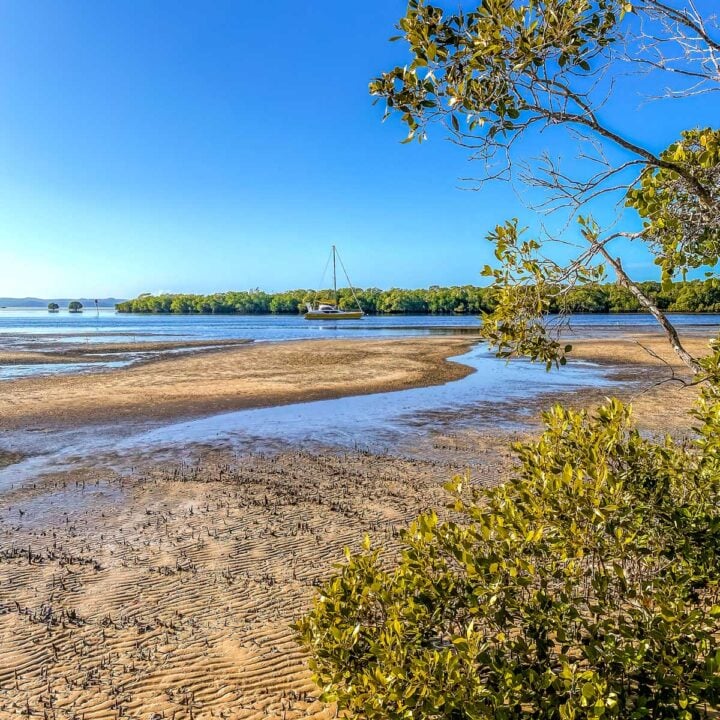
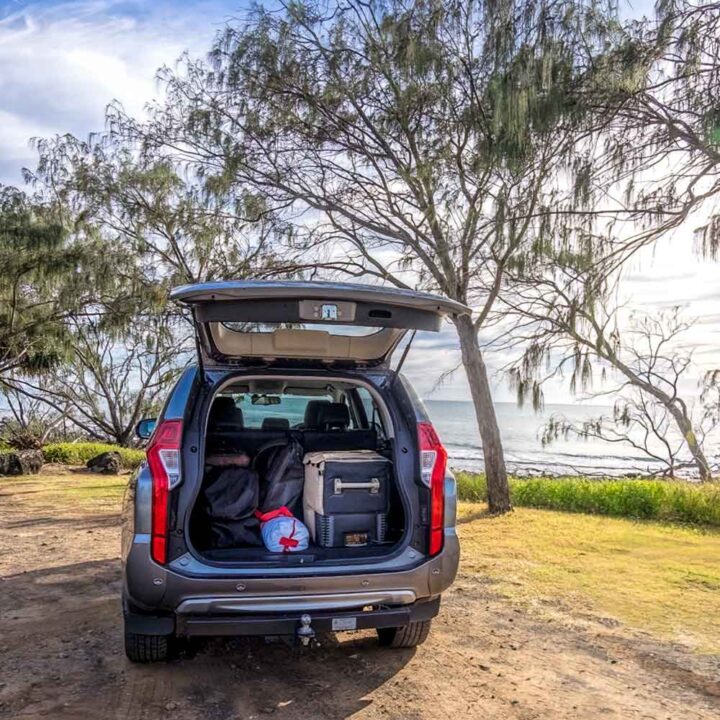
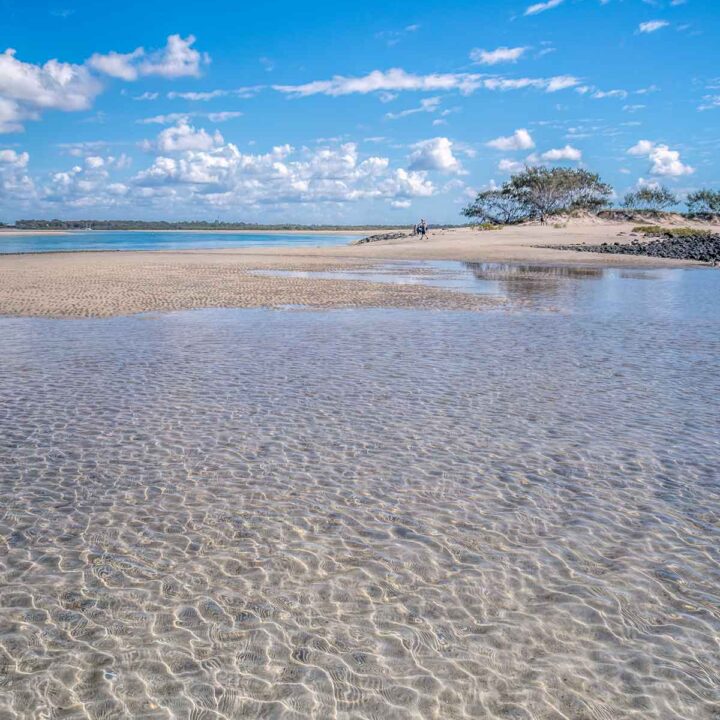
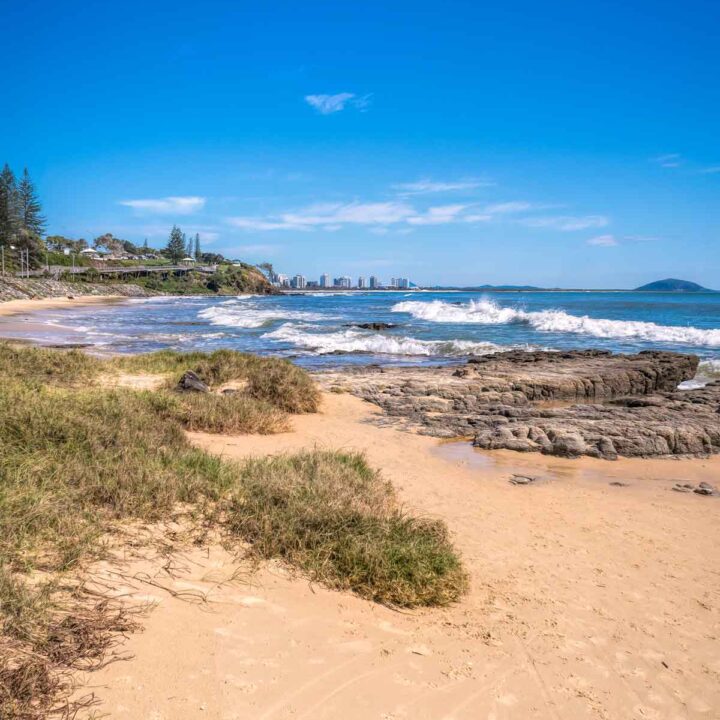
Fairlie says
Always good to carry a first aid kit in the car - even in the city. You just never know when you're going to need something from it. First responder protection is especially useful.
2 Aussie Travellers says
Very true! We've been fortunate not to need it in the city but with the traffic and population density it's just as essential.
Jenna says
This looks like a great first aid kit. It's so important to be prepared--it would be so awful to get injured or stranded and not have some basic necessities with. We have one for our car, but this looks like a more complete version. We might need to update ours!
Mar Pages says
Not many people think of having first aid kits till they need them, they are extremely important. My friend lives in Australia and tells me of the many natural dangers and insects they encounter often. A well stocked kit is always a comfort, thanks for an extensive list!
chrysoula says
That's a great kit! I usually travel within Europe and never taken with me such a comprehensive first aid kit but I do carry with me some things depending where I ma going like paracetamol, something for the mosquito bites etc.
Ryan Biddulph says
Great idea Toni. I've read enough about those critters down there in Oz; gotta have your kit handy. We left a 6 week house sit in the Costa Rican jungle recently. My kit stood by my side, with bullet ants and scorpions and fer de lanzes all around, 3 hours away from civilization in a remote area. We even had a back up kit LOL 😉
Ryan
John Morris says
I am more vulnerable and susceptible to injuries since my car accident, even with small things like bumping my knee on the hotel room nightstand. I think a compression/wound bandage is necessary tool for all travelers, and I always carry a few with me in my bag.
anto says
We were in Australia recently and just carried our basic kit which we also carry back home and it was fine (we didn't need it). However, I did feel a bit uncomfortable not having anything against snake bites, we went bush hiking in Tasmania a lot and the tiger snake is quite common, we saw a few but luckily they always moved away when they saw us. Still scary though!
Anna @ shenANNAgans says
I have always had a first aid kit for my car, but never for my travels (outside of bandaids and stingoes), that is craziness on my behalf. Defo going to invest in a kit for my next big adventure. And stinging nettle, what a pain. :/
Vicki says
I've been researching travel first aid kits for our upcoming trip to Africa and think the travel version here would be perfect - with a few additions - such as antihistamines (I always get bit!), anti-malarials (for the same reason as before!) and pain killers - because I never leave home without them! It's good to know there are good standard 'traveler approved' first aid kits, it really helps in making the decision which one to purchase.
2 Aussie Travellers says
Have a fabulous trip to Africa, that would be amazing and I agree antihistamines and painkillers are usually with us too. Anti-malarials are awful but necessary, a friend spent an extended period in PNG years back and got a bit lax with taking them, regretted it severely later.
Bernard Tan says
This is a comprehensive first aid kit! Its a must have if you are going to have any dangerous activities.
2 Aussie Travellers says
I guess it is comprehensive but we seem to pull our first aid kit out more often for activities that really don't seem that risky
Heather Cole says
First aid kits often get overlooked in favour of the most exciting elements to packing for a trip, but you're right, they're kinda invaluable for all those minor mishaps. Those stinging leaves sound nasty, and possibly more deadly since you'd expect the danger to come from animals not plants.
2 Aussie Travellers says
Yeah you want to watch out for the stinging tree, they are so common and because they are a sort of scrubby plant they often like to grow right at the side of the path where it's a bit clearer. They won't kill you but they are PAINFUL